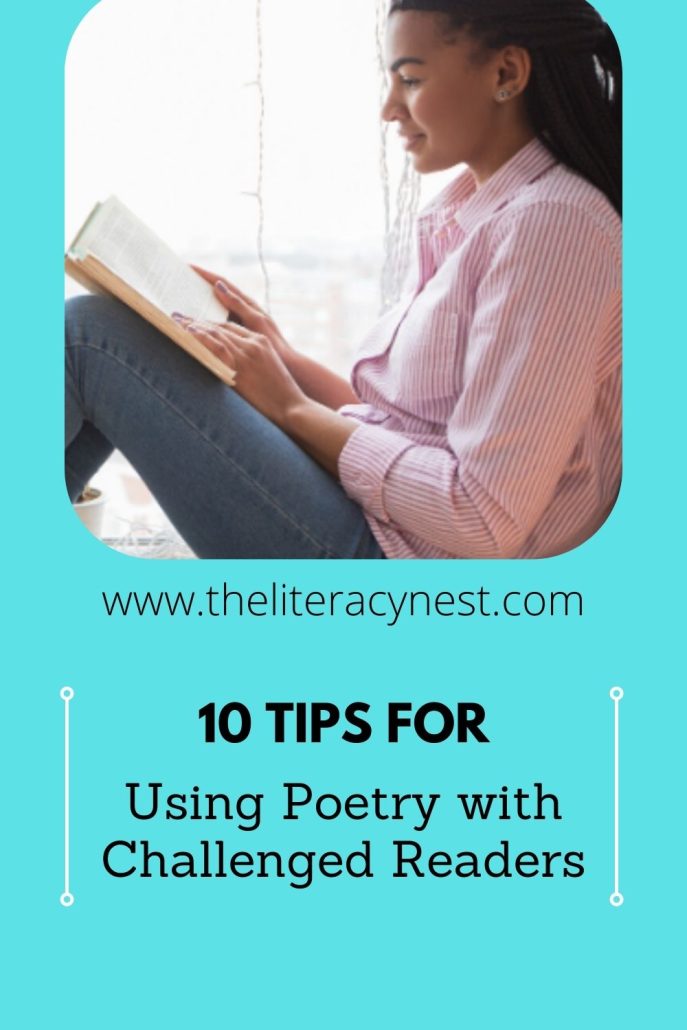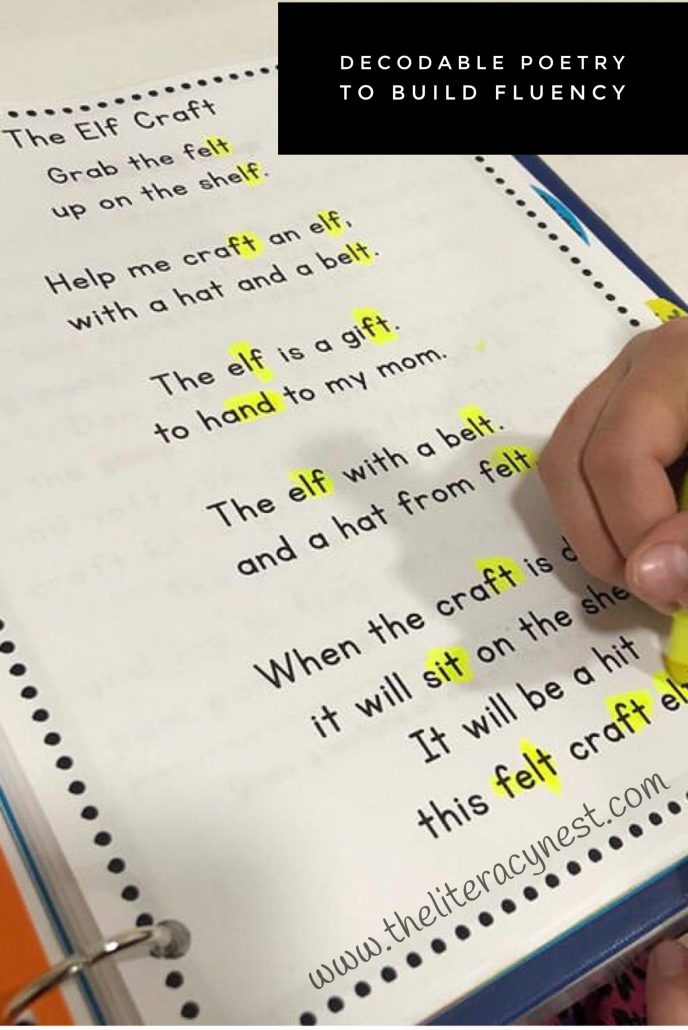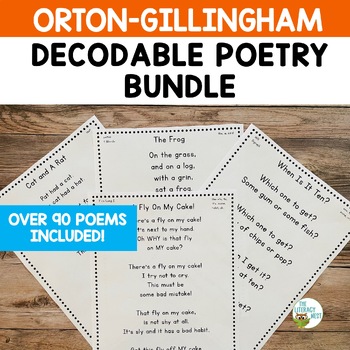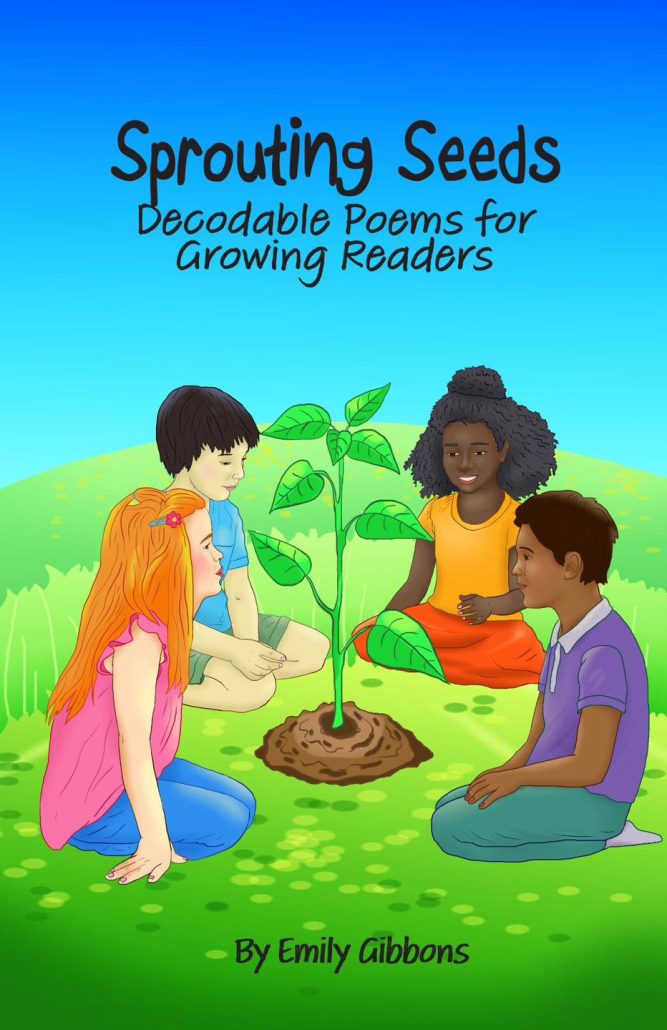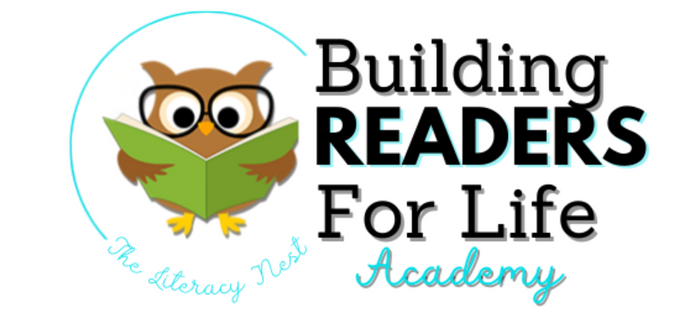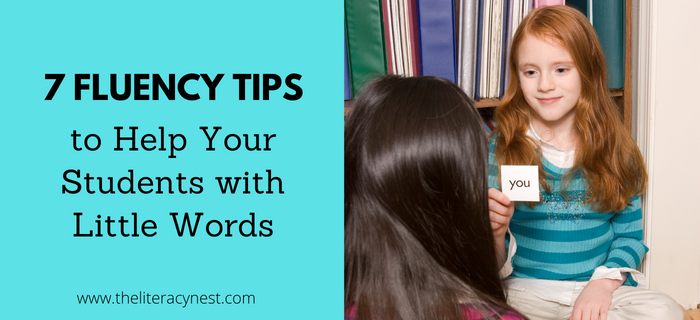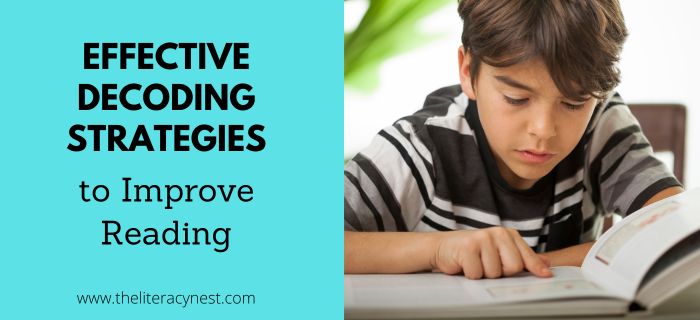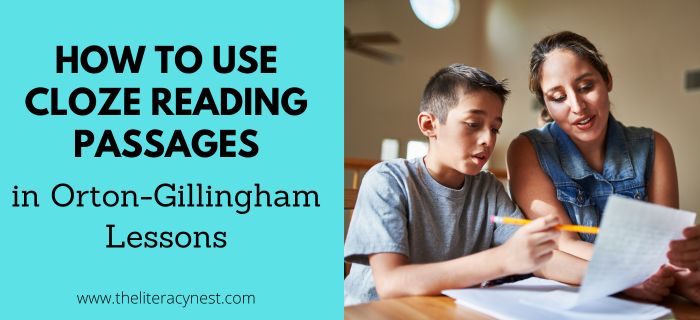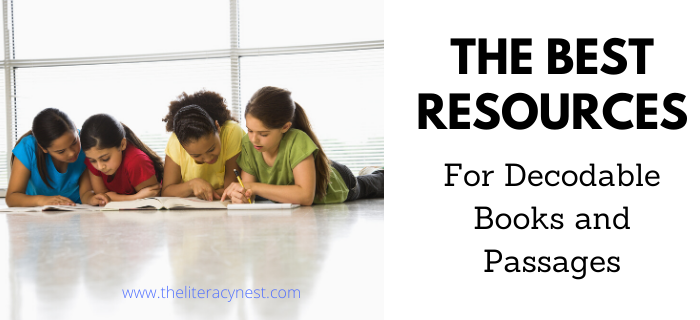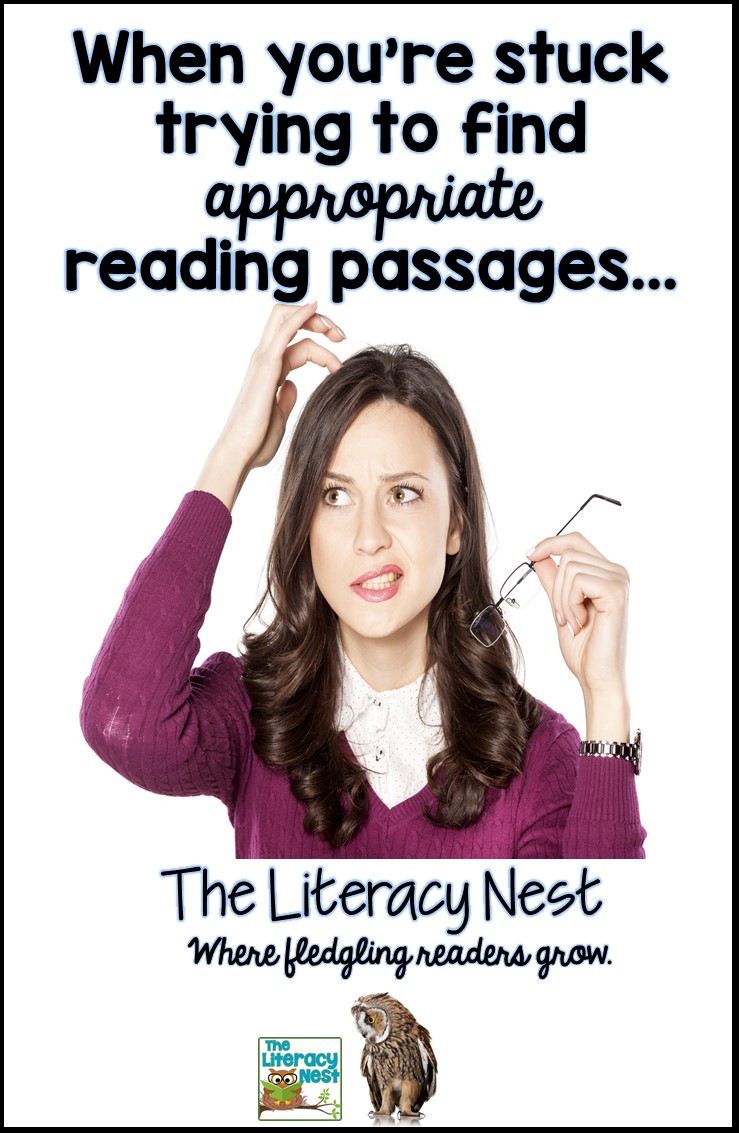10 Tips for Using Poetry with Challenged Readers
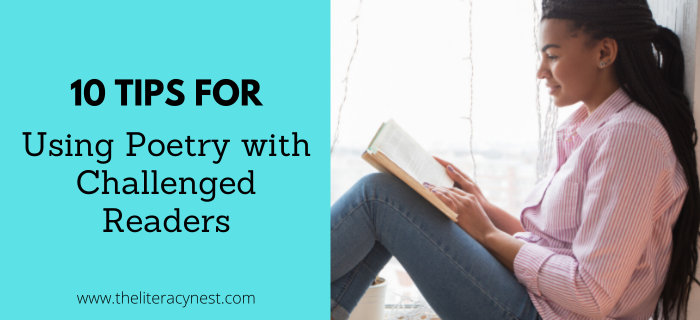
When someone says poetry, my immediate image is classical poetry forms such as sonnets. But I also have fond memories of reading Shel Silverstein poems or writing structured poetry forms like haiku when I was a child. Often, poetry is not one of the things people think of when they think of challenged readers. However, there are many benefits to using poetry with your challenged readers and writers.
What Are The Benefits of Poetry?
- Poetry is full of rhyme, rhythm, and alliteration. These are key elements of phonological awareness.
- Many poems also lend themselves to the exploration of individual phonemes and help to build phonemic awareness.
- Poetry is meant to be performed. For students, this means that listening to poetry allows them to build listening comprehension skills and enjoy how the authors play with language.
- It also means that reading poetry is great for reader’s theater and paired choral reading.
- Visually, the text of poetry is less overwhelming. There is more white space. For many students, this translates to less pressure.
- Poetry is also full of both visual and language patterns.
- Since poetry is generally short, it lends itself to working on fluency with repeated reading.
- Not only does this build fluency, but it also builds confidence.
- Writing poetry that follows certain structures can help reluctant writers express themselves and write something truly beautiful.
Poetry has oral language benefits as well. Poetry often uses playful language and uses language in nonliteral ways. Children’s poetry in particular is often designed to tickle your funny bone. Shel Silverstein and Jack Prelutsky both have a good grasp of children’s sense of humor. In addition to the language benefits, poetry has social and emotional value as well. Reading poetry helps build an appreciation and understanding of other people’s feelings. Writing poetry helps students express and communicate their own feelings.
There are so many benefits to using poetry with your challenged readers. I’ve answered the question of why to use poetry. The bigger question is HOW to use poetry with your challenged readers!
Here are some concrete tips for putting poetry into action with your students so that they can experience the benefits of poetry:
1. Start with funny poems.
Even self-professed haters of poetry will enjoy funny and silly poems. Try books of poetry by Douglas Florian like Laugheteria. They are short, funny, and always have a good twist.
2. Engage in lots of rereading.
Our world tends to gobble up information and text and children and many adults approach reading with that same speed and desire to consume text quickly. But, poetry, perhaps more than any other literary form is meant to be savored.
Poems are always meant to be read more than once. Poetry has layers. By reading a poem multiple times, the reader is able to pick up on the rhythm, the author’s message, and the sound of the language.
A helpful structure is for the adult to read the poem out loud the first time, students read it with you the second time and then students practice and read it out loud to you for the third time.
This decodable poetry bundle has controlled text, but plenty of interesting poems to practice.
3. Find poems that relate to your content.
Finding a poem about something you are studying in science or social studies gives you a lot of bang for your buck.
For example, a poem about the water cycle will really help students remember the steps of the process, but it will also allow them to study the language aspects of the poem within an area of shared background knowledge.
In addition, when there are never enough hours in the school day, touching on different subject areas while teaching is a useful and powerful tool.
4. Use poetry to practice a particular phonics or grammar skill.
There is a poem for almost every purpose you can think of. There are even collections of poems written to target specific phonograms.
5. Perform!
Find poems your students really love and want to perform with another classmate. You can use poems that are meant for two voices. The emphasis here is not on memorization but on fluency.
6. Keep a poetry journal.
A double-entry journal is a perfect way to engage the reciprocal properties of reading and writing. On the left side of a journal page, give students a poem to glue in. On the right side, have them practice writing their own version using a similar pattern, but with their own theme.
7. Create one GIANT class poem.
Divide a poem into parts based on the number of students in your class. For example, if there are 25 kids, then break the poem into 25 little parts. Give each child a sentence strip and have them write their assigned section onto their sentence strip. Lay all the sentence strips on the floor and arrange them to put the poem in the correct order.
Students have to do a lot of rereading to make sure the poem is pieced together correctly. Tape the sentence strips together to make your giant poem. Kids love seeing a super-sized version of the poem.
8. Listen to poetry on audio.
I mentioned that poetry is meant to be performed. What better way to enjoy this performance than in the author’s own voice? The recordings of Shel Silverstein performing his poems from “Where the Sidewalk Ends” are priceless.
9. Consider a “Poem of the Week” station.
If you are a classroom teacher, having a space (it can be real or virtual) where students have opportunities to practice reading a poem on a poster with a large pointer is a fun way to build fluency. Give copies of the poem of the week for their poetry journals.
10. Virtual Poetry.
While there may be distance learning or even homeschooling out there, you could try this list of the BEST playful poetry apps for kids link or a list of the BEST poetry websites for kids.
There is a tendency in classrooms for teachers to try to do it all and cram their entire study of poetry into a single month. Make the most of the value of poetry by keeping it part of your classroom experience throughout the year.
If you are seeking poetry to support your structured literacy learning model…
My decodable poetry bundle is PACKED with phonics-based poems your kids will LOVE. Plus, there’s an additional file for use with Google Drive. This makes it easy to simply copy and paste a poem into your own Google Slides to use with a student to practice while they’re at home!
*Here are LOTS more posts on the benefits using of decodable text AND how to find them.
Looking for a bound copy of my decodable poems? Sprouting Seeds is is a collection of phonics poems to support children as they strengthen their decoding skills, and it’s now available in print! Grab your copy right here!
Take a peek inside! Watch: Celebrate National Poetry Month with Decodable Poetry
To learn more about how you can help support challenged readers, sign up for Building Readers for Life Academy. Both educators and families are welcome!
Building Readers for Life Academy is a monthly membership program that empowers educators AND families by diving into structured literacy and strategies for ALL learners. With BRFL Academy, you’ll learn what it takes to help EVERY student become a reader for life.
